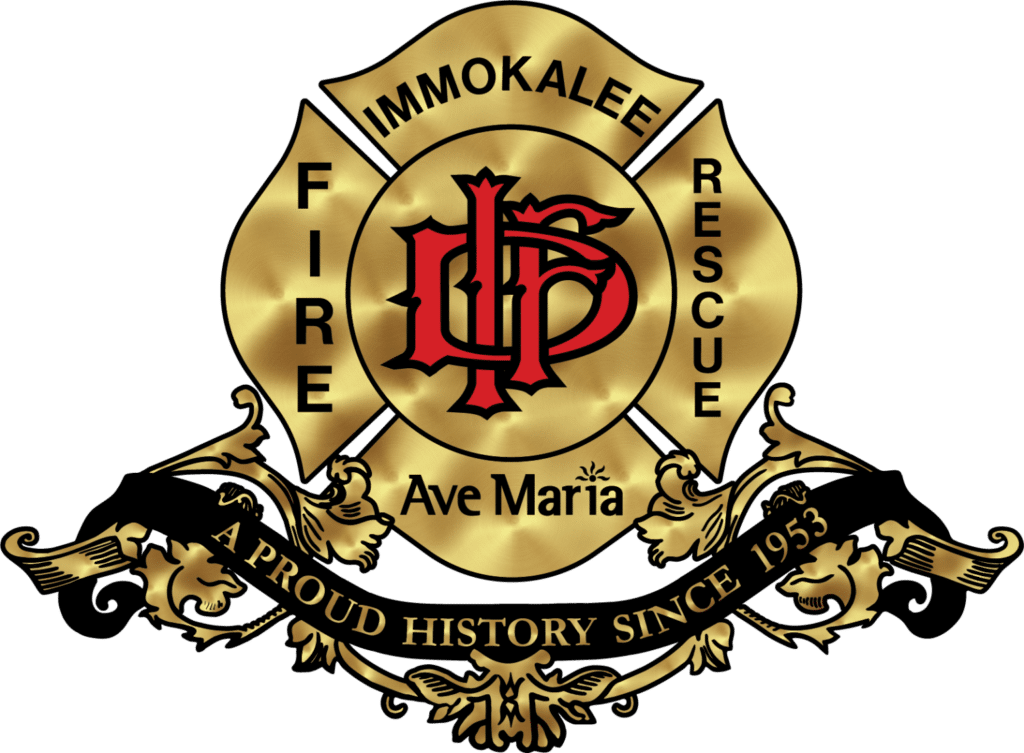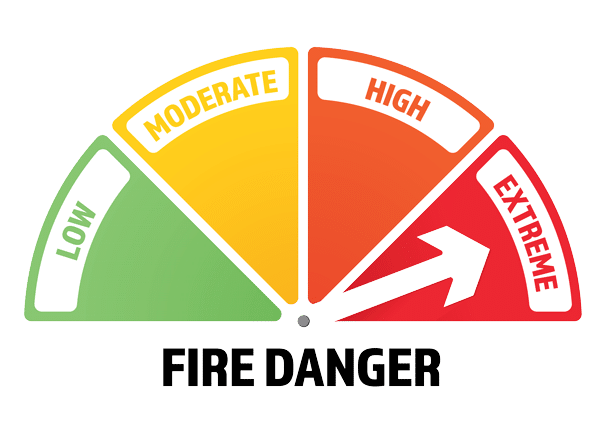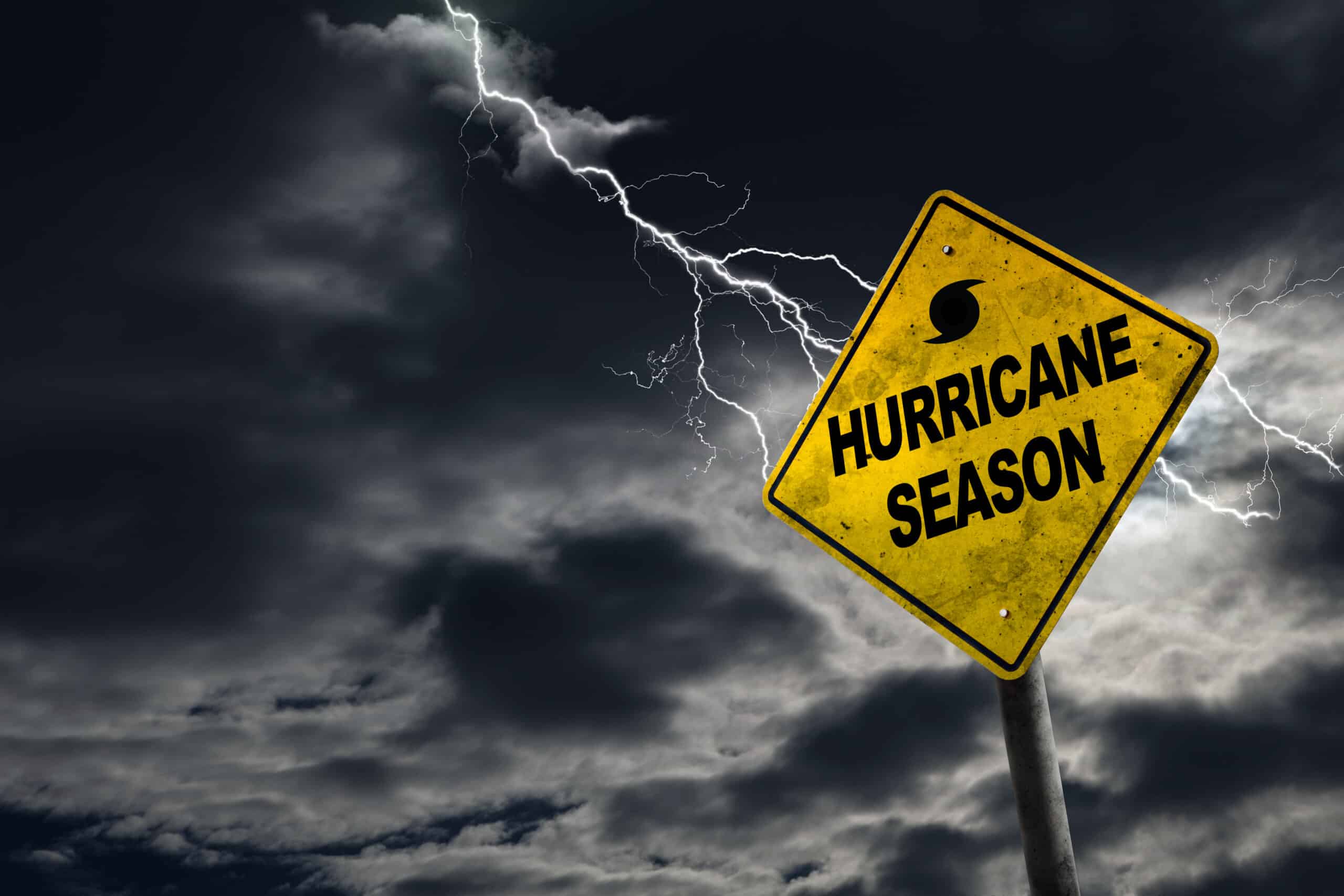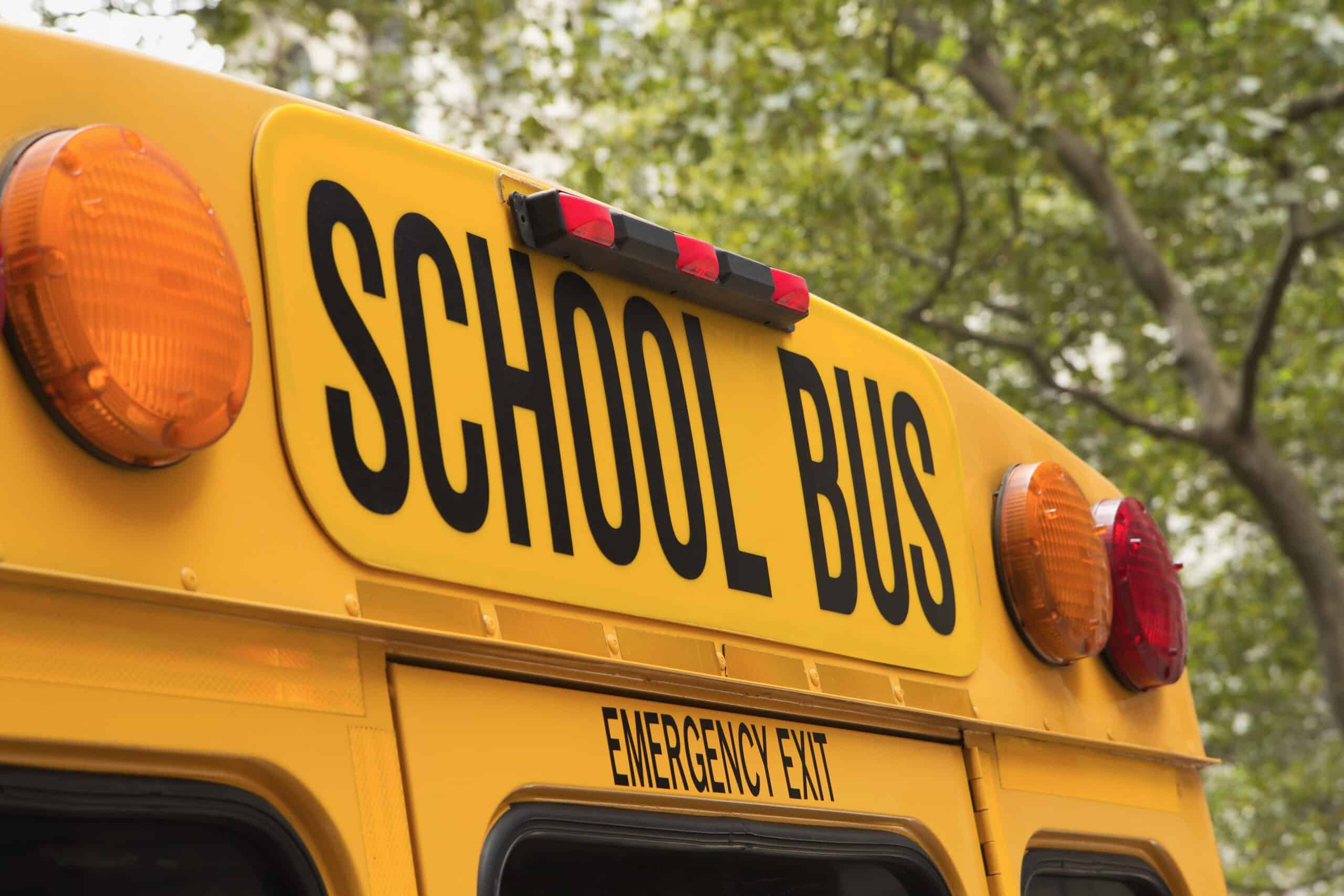Southwest Florida is renowned for its stunning natural beauty, with its picturesque beaches, lush landscapes, and warm climate. However, with summer comes the heightened risk of wildfires, as dry conditions and scorching temperatures create the perfect environment for these devastating events. In this article, we will explore the importance of summer fire safety and prevention in Southwest Florida and provide essential tips to protect this paradise from potential wildfire threats.
Understanding the Wildfire Risk
Wildfires pose a significant threat to Southwest Florida during the summer months. The region’s unique combination of sandy soils, dense vegetation, and occasional drought conditions can easily fuel wildfires, leading to rapid and unpredictable spread. Furthermore, human activities, such as campfires, outdoor grilling, and discarded cigarettes, contribute to the ignition of wildfires, making prevention efforts crucial.
Tips for Preventing Wildfires
a. Responsible Outdoor Burning: Always adhere to local burn bans and regulations. If permitted, use designated fire pits and keep fires small, well-contained, and away from flammable materials. Always ensure fires are fully extinguished before leaving the area.
b. Properly Dispose of Smoking Materials: Smokers should never toss cigarette butts or matches out of car windows or onto the ground. Instead, use designated receptacles for disposing of smoking materials.
c. Equipment Safety: Ensure that lawn mowers, chainsaws, and other equipment with internal combustion engines are in good working condition and have spark arrestors. Avoid using such equipment during peak heat hours or in dry, windy conditions.
d. Fireworks Safety: Use caution when using fireworks and ensure they are launched in areas clear of dry grass and brush. Always have a bucket of water or a hose nearby for emergency use.
e. Campfire Safety: If camping, use established fire rings or pits. Keep campfires small and manageable, and never leave them unattended. Ensure the fire is entirely extinguished before going to bed or leaving the campsite.
Creating Defensible Space
Defensible space is a buffer zone around buildings or structures that helps reduce the risk of wildfire spreading to them. Residents in Southwest Florida should maintain a defensible space by:
a. Clearing Vegetation: Regularly remove dead leaves, dry grass, and brush from around homes, decks, and fences. Trim trees and shrubs, keeping branches at least 10 feet away from chimneys and other structures.
b. Creating a Fire-Resistant Landscape: Choose fire-resistant plants and materials for landscaping. Create a zone of low flammability around the property using rocks, gravel, or non-combustible mulch.
c. Addressing Roof and Eave Vulnerabilities: Install spark arrestors on chimneys and cover roof openings, such as vents and eaves, with fine metal mesh to prevent embers from entering.
As Southwest Florida faces the challenges of summer wildfires, it is crucial for residents and visitors alike to prioritize fire safety and prevention measures. By understanding the wildfire risk, following prevention tips, creating defensible spaces, and fostering community education, everyone can contribute to safeguarding this beautiful paradise from the devastating impact of wildfires. Together, we can protect Southwest Florida’s natural wonders and preserve its beauty for generations to come. Stay safe and vigilant this summer!



